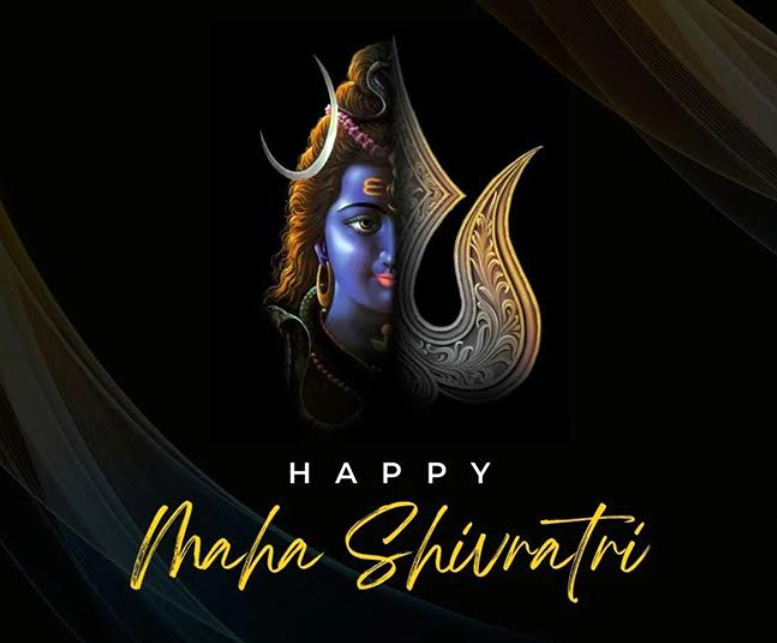
- This event has passed.
Maha Shivaratri
February 26

Maha Shivaratri (महाशिवरात्रि) is one of the most significant and widely celebrated Hindu festivals dedicated to Lord Shiva, one of the principal deities in Hinduism. The name “Maha Shivaratri” translates to “the Great Night of Shiva,” and it falls on the 14th night of the new moon in the Hindu month of Phalguna (usually falling in February or March). This festival holds deep spiritual significance and is observed with great reverence across India and in various parts of the world by followers of Lord Shiva.
Significance of Maha Shivaratri:
Spiritual Importance: Maha Shivaratri is considered the night when Lord Shiva performed the Tandava, a divine dance symbolizing the cycle of creation, preservation, and destruction in the universe. It is also believed to be the night when Lord Shiva married Parvati, his divine consort, making it a night of divine union.
Day of Fasting and Worship: The day and night of Maha Shivaratri are spent in fasting, prayer, and meditation, seeking Lord Shiva’s blessings for spiritual growth, peace, and liberation (moksha). Devotees believe that observing the rituals of Shivaratri with devotion can bring them closer to Lord Shiva and cleanse their sins.
Lord Shiva and His Symbolism: Lord Shiva is revered as the destroyer and transformer in the Hindu trinity (Trimurti) of Brahma (the creator), Vishnu (the preserver), and Shiva (the destroyer). While he represents destruction, his role is not just about ending things but about the renewal and transformation of life. Shiva is also associated with many qualities such as simplicity, renunciation, meditation, and asceticism.
Symbolism of the Night: The night is symbolic of the battle between light and darkness, good and evil. It is a night to focus on the inner self, meditate, and remove the darkness (ignorance) from one’s life and replace it with light (knowledge and wisdom).
